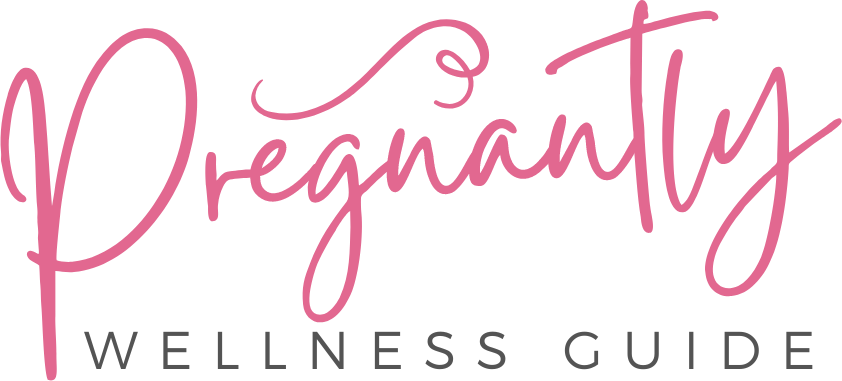
In the fight against breast cancer, knowledge is power. By staying informed and proactive, individuals can take control of their breast health and potentially detect any abnormalities early on.
This article explores the importance of regular screenings, effective self-exams, and preventative measures that can significantly reduce the risk of developing breast cancer.
Through evidence-based strategies and early detection tactics, this comprehensive guide aims to empower readers in their journey towards optimal breast health.
Key Takeaways
– Regular screenings, like mammograms and clinical breast exams, are crucial for early detection of breast abnormalities.
– Self-examinations should be performed monthly to empower individuals to notice changes or abnormalities in their bodies.
– Implementing preventative measures such as regular physical activity, maintaining a balanced diet, limiting alcohol consumption, and avoiding exposure to environmental toxins can reduce the risk of breast cancer.
– Understanding risk factors and making informed decisions about breast health can lead to improved outcomes and decision-making.
The Importance of Regular Screenings
Regular screenings play a vital role in detecting and preventing breast health issues. One of the most effective screening tools for breast cancer is the mammogram. Mammograms are low-dose X-ray images of the breast that can detect abnormalities before they are even noticeable. They have been proven to reduce the risk of dying from breast cancer by detecting the disease at an early stage when it is more treatable.
The benefits of mammograms are numerous. They can detect breast cancer up to two years before it can be felt, allowing for earlier treatment and better outcomes. Mammograms can also identify noncancerous conditions such as cysts or benign tumors, providing peace of mind and avoiding unnecessary worry. Additionally, regular mammograms can help monitor the effects of treatments and detect any potential recurrences.
By reducing the risk of late-stage breast cancer, regular screenings can save lives. Early detection through mammograms allows for less invasive treatment options, such as lumpectomy instead of mastectomy, and increases the chances of successful treatment and survival. It is recommended that women begin regular mammograms at the age of 40, or earlier if they have a family history of breast cancer or other risk factors.
Conducting Effective Self-Exams
A thorough understanding of the proper techniques for self-examinations can greatly contribute to early detection of potential abnormalities in the breast area. Breast health education plays a crucial role in empowering individuals to take control of their own health and well-being.
By learning effective self-exam techniques, individuals can become more familiar with their own breast tissue and easily identify any changes that may occur.
Self-exams should be performed on a monthly basis, typically a few days after the end of the menstrual period. Start by visually inspecting the breasts for any changes in size, shape, or skin texture. Next, use the pads of the fingers to carefully feel each breast and the surrounding tissue. Pay attention to any lumps, thickening, or areas that feel different than the rest of the breast. It’s also important to check the armpit area for any enlarged lymph nodes.
Breast health education should emphasize the importance of self-exams as a complement to regular screenings, such as mammograms. While self-exams are not a substitute for professional medical care, they can help individuals become more aware of their own breast health and detect any potential abnormalities early on.
Implementing Preventative Measures
Implementing proactive measures can significantly reduce the risk of developing potential health issues in the breast area. Preventative measures and lifestyle changes play a vital role in maintaining breast health and reducing the likelihood of developing breast-related problems.
Regular physical activity is one of the most effective preventative measures for breast health. Engaging in moderate-intensity exercises, such as brisk walking or cycling, for at least 150 minutes per week can help maintain a healthy weight and reduce the risk of breast cancer. Additionally, maintaining a balanced diet that includes a variety of fruits, vegetables, whole grains, and lean proteins can provide essential nutrients and antioxidants that promote breast health.
Limiting alcohol consumption is another important lifestyle change that can contribute to breast health. Studies have shown that excessive alcohol intake is associated with an increased risk of breast cancer. Therefore, it is recommended to limit alcohol consumption to no more than one drink per day.
It is crucial to avoid exposure to environmental toxins that may have a negative impact on breast health. This includes reducing exposure to pesticides, chemicals, and pollutants whenever possible.
Early Detection and Prevention Strategies
Early detection plays a crucial role in reducing the impact of potential breast-related issues. By identifying and addressing breast health concerns at an early stage, individuals can receive timely treatment and improve their chances of successful outcomes.
To promote early detection and prevention, it is important to consider the following strategies:
1. Regular screenings: Engaging in regular mammograms and clinical breast exams can help detect breast abnormalities early on, even before symptoms arise.
2. Self-examination: Encouraging individuals to perform regular breast self-exams empowers them to become familiar with their own bodies and notice any changes or abnormalities.
3. Knowing the risk factors: Understanding the risk factors associated with breast health, such as age, family history, and hormonal factors, can help individuals make informed decisions about their health and seek appropriate screenings and interventions.
4. Early intervention programs: Implementing programs that promote awareness, education, and access to screenings can significantly improve early detection rates and reduce the impact of breast-related issues.
By incorporating these strategies into breast health awareness initiatives, individuals can take proactive steps towards maintaining their breast health and reducing the potential impact of breast-related issues.
Early detection and intervention are key to improving outcomes and ensuring freedom in making informed decisions about one’s health.
Frequently Asked Questions (FAQs)
What Are the Different Types of Breast Cancer and Their Symptoms?
Breast cancer is a complex disease with various types and symptoms. Differentiation of breast cancer types is crucial for determining appropriate treatment options. Understanding the symptoms associated with each type can aid in early detection and intervention.
How Does Obesity Affect Breast Health?
Obesity can increase the risk of breast cancer by altering hormone levels and promoting inflammation. It may also affect the accuracy of breast cancer screening tests. Maintaining a healthy weight through diet and exercise is important for breast health.
Can Breastfeeding Reduce the Risk of Breast Cancer?
Breastfeeding has been associated with a reduced risk of breast cancer. It is believed that the hormonal changes that occur during breastfeeding may play a role in preventing the development of breast cancer.
Are There Any Alternative Screening Methods for Women Who Are Unable to Undergo Mammograms?
Alternative screening methods for women who are unable to undergo mammograms include breast MRI and thermography. These methods can provide additional information in detecting breast cancer and can be used as alternatives or adjuncts to mammography.
What Role Do Genetics Play in the Development of Breast Cancer?
Genetics play a significant role in the development of breast cancer. Genetic testing can identify hereditary factors that increase the risk of developing the disease. Understanding one’s genetic predisposition allows for proactive measures and personalized treatment plans.
Conclusion
In conclusion, breast health awareness is crucial for early detection and prevention of breast cancer.
Regular screenings, such as mammograms, play a vital role in detecting abnormalities at an early stage.
Self-exams empower individuals to take charge of their breast health and identify any changes or concerns.
Implementing preventative measures, such as maintaining a healthy lifestyle and avoiding known risk factors, can significantly reduce the risk of developing breast cancer.
By being proactive and vigilant, we can ensure better breast health outcomes for all.







